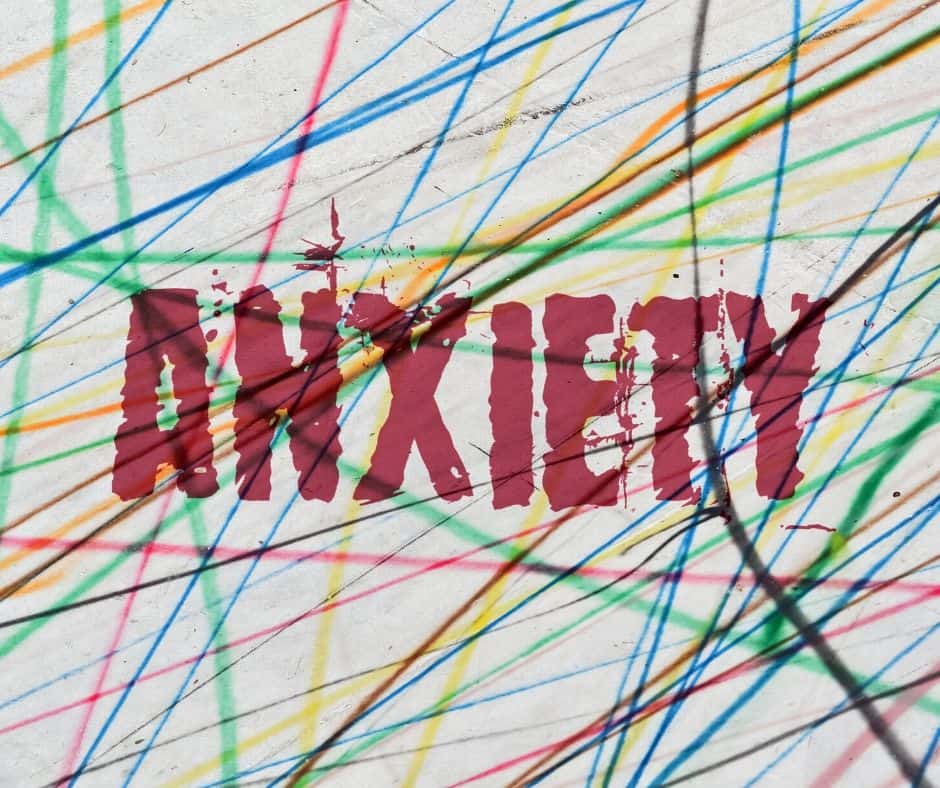
Anxiety is one of the most common reasons that people come to us for help. We often hear things like:
“My child is afraid of doing things they used to like to do”
“My teen is unable to make friends or speak up in public places, like ordering a meal at a fast food place”
“He needs constant reassurance that things will be okay, and even when I do reassure them, it doesn’t seem to help”
“She is very sensitive and doesn’t seem confident at all”
“They meltdown constantly, over things that don’t seem to be a big deal!”
I wanted to focus a bit on what anxiety is, what it looks like for kids and their families, and what works and doesn’t to help kids manage their worry.
What is Anxiety?
Anxiety is a condition that everyone experiences to some extent.
Anxiety, very simple put, is your body’s way of interpreting and responding to fear. Fear is a very powerful emotion and causes our primitive “back-brain” to kick into “survival mode” and automatically decide how we are going to respond.
Survival Brain
It’s sort of like a smoke alarm in the brain that can sense danger. When it goes off, it automatically shuts off the front part of our brain (responsible for thinking clearly, planning, analyzing, organizing etc) and causes us to react: to fight off the danger, to run away, or to freeze. These are reactions that we see in kids (and humans of any age) that can look like lashing out or melting down, avoiding situations or people that bring up that fear, or being unable to make decisions and shutting down.
These are all excellent responses that have kept us alive. Say for example you are walking in the forest and you hear heavy steps and growling behind you- that would not be the time to stop and spend time analyzing the situation and planning a strategy. Your body would just act, based on hundreds of thousands of years of programming that has kept humans alive, and do what it could to save your life.
Anxiety can be positive!
Bear encounters are not a regular thing, but there are lots of other stress-provoking situations that cause this alarm system to go off and can be helpful. Anxiety can motivate you to study for an exam, to prepare for a presentation at work or school, or to perform well in a basketball game.
Mind-Body Connection
The brain and the body communicate to each other, sending and receiving information. They work together to make things happen and to make sense of our experiences. With anxiety, the information can flow both ways. For example: our heart starts beating faster, and our brain picks up on this and then has thoughts about what that may mean (anything from “I’m ready to win this race” to “I’m having a heart attack”), which in turn can change our physiology (slow down heart rate or increase heart rate and other symptoms). This can become a self-reinforcing loop, where a sign of anxiety triggers the increased symptoms (arousal) which in tern increases the anxiety because of how it might be interpreted.
This is especially important when considering anxiety disorders, because worry, or excessive uncontrollable worry can cause physical symptoms, like stomach aches and headaches. Other physical symptoms can include:
- Shortness of breath
- Rapid heartbeat
- Sweating
- Nausea
- Stomach/GI concerns like diarrhea
- Cold and clammy hands
- Dry mouth and/or trouble swallowing
- Muscle tension problems (trembling, twitching, shaking)
- Restlessness
Anxiety as a Disorder
Anxiety can become so big that it interferes with regular functioning. The current criteria for an anxiety diagnosis includes:
- excessive anxiety and worry
- inability to control the worry
- additional symptoms like sleep disturbances, fatigue, difficulty concentrating, irritability, muscle tension and/or restlessness
- the anxiety, worry, or physical symptoms cause severe distress or impairment in social, occupational, and other important functioning
There are also other categories of anxiety disorders in children and adolescents, including: separation anxiety; panic disorder; specific phobias; social phobia; obsessive-compulsive disorder (OCD); and generalized anxiety disorder (GAD). In each of these, the factors might be different, but the body reactions (arousal levels), cognitive components, and behaviours could be similar.
What does Anxiety look like?
When anxiety becomes a problem, it can look different for different people, as you can tell from the various types of anxiety disorders above. In kids, some of the big ways that it shows up include:
- meltdowns
- non-compliance
- non-stop worry, about almost everything
- need for constant reassurance
- irritability or anger when the anxiety is challenged by someone else
- difficult sleeping, or unable to sleep alone
- AVOIDANCE – not going to school, not going out, not leaving parents, not putting themselves out there and interacting with the world
- Putting rules in place for others in the family, demanding behaviours
- Strained family relationships




